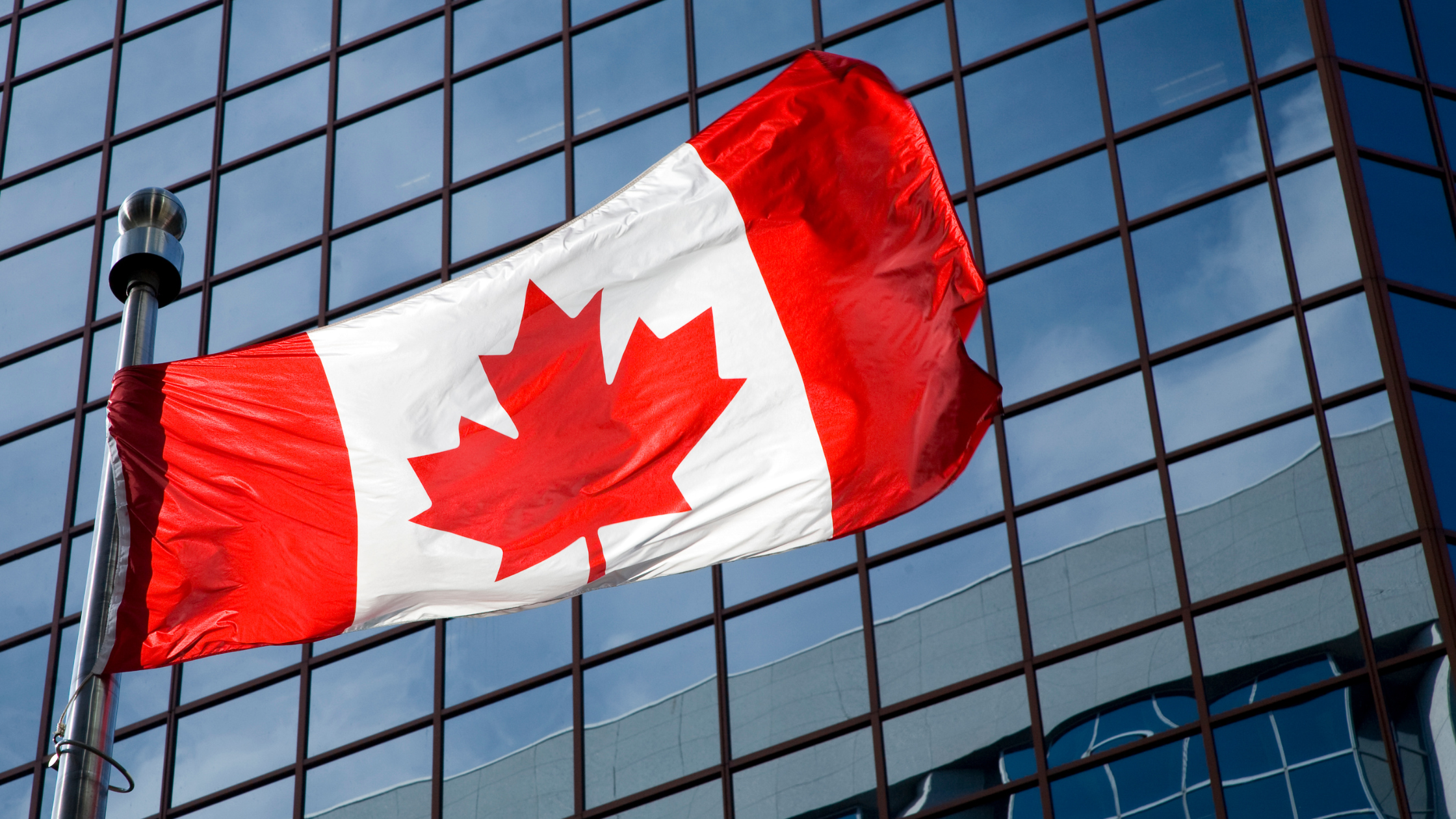
Short Introduction:
On June 11, 2025, IRCC provided an update that work permit applicants under IEC are now allowed to request new work permits to be issued inside Canada by webform. How can this change benefit you? Let’s talk about that.
Full Article:
Recently, IRCC provided a program delivery update for International Experience Canada (IEC) work permit applicants with regards to the printing and issuance of the permits. As of April 16, 2025, IEC participants who applied for a subsequent IEC work permit that was approved may request to have this new work permit issued inside Canada. This request must be made via IRCC’s secure web form, with specific details outlining how they are eligible to request the issuance of the work permit under the Immigration Act, Section 11.
What is IEC?
Even if you haven’t heard of IEC, you will likely have heard of at least one of the pathways to a work permit under it: the working holiday. IEC is a government program designed to allow young people to work and travel in Canada. It is comprised of three pathways:
- Working holiday
- Young professionals
- International co-op (internship)
The program is based on reciprocal international agreements made with other countries, so specific eligibility and pathways available vary from country to country. For example, Australian citizens can participate and must be between 18 and 35 years old to be eligible. They are allowed to participate in the IEC program once (or twice if already participated in before 2015), in any pathway, for up to 24 months.
Who is Eligible?
This recent program delivery is only for a specific group of applicants: those who submitted a subsequent IEC work permit application while holding a valid IEC work permit, after having applied from inside Canada. This second (or third) application must have already been approved, and a Letter of Introduction (LOI) already issued. So this update certainly won’t affect most people. However, it can greatly benefit those in this situation. But, those who can benefit should be aware that his update is a temporary one (for now) – it will be in place until December 1, 2025.
No More Flagpoling – No Problem
So, why is this new update important? You can see how this is significant when you recall that in December last year, the Canada Border Services Agency, CBSA, essentially banned all flagpoling (save for a few exceptional situations). “Flagpoling” is the act of leaving Canada via land border with the United States and immediately (or shortly thereafter) returning for the purpose of changing one’s immigration status in Canada. One prime example of this, which was evidently rampant enough to have IRCC’s own policy changed in June last year, was recent graduates on study permits wanting to apply for post-graduation work permits.
While flagpoling was not exactly a “loophole”, as the regulations under IRPR do allow for some applications to be submitted at a POE, it had been a constant thorn in CBSA’s side as it created additional work and puts a strain on the already busy border services agency.
IEC applicants who are already in Canada faced a somewhat unique problem in relation to flagpoling: in most situations, IEC applicants who apply for a subsequent IEC work permit are not eligible to apply as an extension of status inside Canada. In other words, even if they are currently in Canada and hold a work permit, they still must apply for the new work permit using the “outside Canada” application form. And, because of that, if approved, they would not receive a new work permit in the mail, but rather just an LOI. With the banning of flagpoling, this puts them in a situation where they must leave Canada and return, in a way that is not obviously flagpoling, in order to receive the new work permit on arrival at a POE. Compare this to most other situations where those who already hold valid work permits and are inside Canada generally are allowed to apply for new work permits as an extension of status.
Getting the New Work Permit
So, you meet the eligibility requirements, and you’ve sent IRCC the webform request per their instructions. Now what? If IRCC grants your request, they will print your new work permit and mail it directly to your address in Canada. That’s it! There’s no more need to hassle with leaving Canada by plane and returning at a later date just to receive your work permit.
Navigating the process of applying for an IEC work permit can be difficult. But if you have a question about your eligibility or how to apply, or want to ask if you can benefit from this update, feel free to reach out for a consultation.

